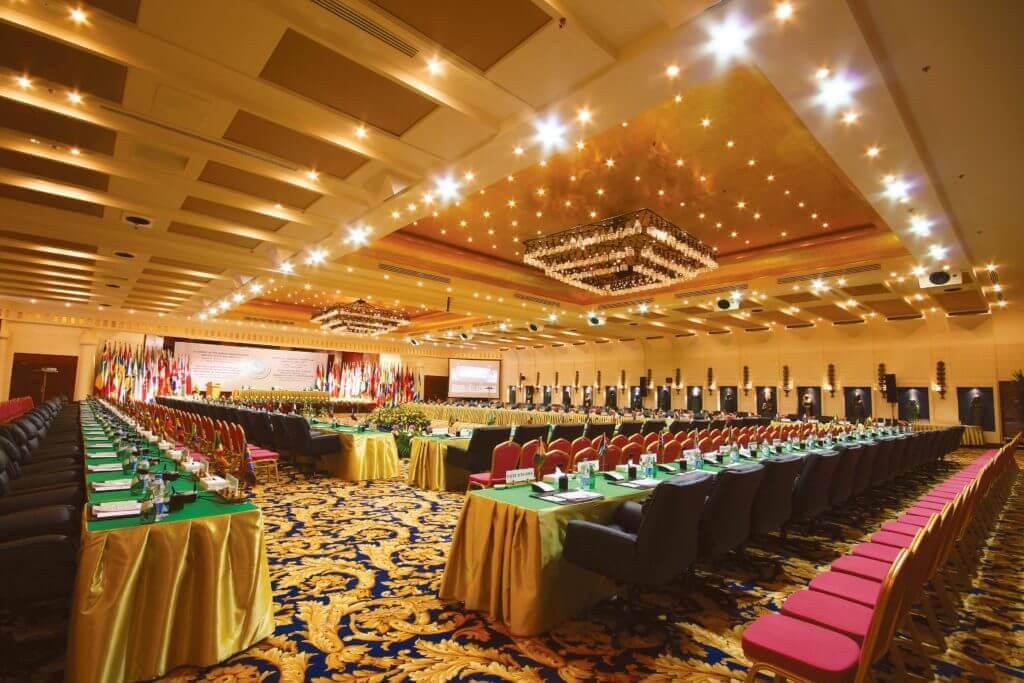
Once upon a time, group business was essentially a filler for the guest rooms that transient business didn’t occupy. In today’s world of all-time occupancy highs,1 group business tells a different tale.
NB: This is an article from Rainmaker
When hotel owners examine their full profit picture, many now understand that group business and the revenue it generates is a major player in their overall revenue management (RM) strategy. However, groups are a challenge to revenue manage, as they’re made up of many moving parts. To be successful in the group arena, hotels need to have the appropriate tools and strategies in place, as well as a thorough understanding of group value. And that often begins with analyzing the right metrics.
RevPAR Matters, But…
When looking to increase your share of group business, revenue per available room, or RevPAR, is a critical performance metric that often takes center stage when it comes to developing your group business RM strategy. That’s because the RevPAR index is the most popular metric for driving major capital expenditures and RM decisions.
Case in point, the 2015 Hotel Sales Incentive Practice Research survey by the HSMAI Foundation2recorded the compensation structure of hotel RM teams and revealed that 52 percent of revenue managers and 36 percent of sales leaders use RevPAR or room revenue as their primary performance metric. But there are drawbacks to relying solely on guestroom bookings or RevPAR when it comes to evaluating group business profitability. There are other revenue streams that generate significant income and contribute real value to any piece of group business.
Total Group Revenue Management Holds the Key
In order to determine true profitability with regard to groups, RM is shifting away from a focus on RevPAR3and top-line rooms revenue toward a bottom-line orientation and strategic profit management. This more precise view of group value is known as Total Group Revenue Management and it moves beyond RevPAR to take multiple other factors into account.
All Revenue Streams
Total Group Revenue Management expands beyond rooms to comprise all revenue sources associated with group business. It works within the concept of time-perishable inventory to optimize profits across all a hotel’s available function space and products. To accurately evaluate group opportunities, in addition to accounting for room rates and group blocks, hotels must incorporate other key revenue streams, such as food-and-beverage packages, receptions, meeting room rentals, and audio/visual equipment rentals. These ancillary sources can yield tremendous profit, and are key considerations when deciding whether to book group business. Other factors to consider include group history, stay pattern, booking method, room type preferences, and the true cost of displacement.
Displacement Analysis
To truly maximize the value of group business, hotels can use displacement analysis in conjunction with optimized pricing that considers willingness-to-pay. The first drawback of traditional displacement alone is that it only assesses a breakeven point, which, while helping to ensure the group is not a losing proposition, will fail to capture any additional upside stemming from what a group may be willing to spend on room rate. The second drawback is that traditional displacement only looks at potential groups displacing transient and not the possibility of the group displacing other groups. Leveraging a group forecast together with displacement analysis would allow hoteliers to understand the relative profit or value of groups compared to other groups, and allow the property to accept the most valuable business.
Forecasting Demand
One of the most challenging components of Total Group Revenue Management is forecasting group demand, particularly at the level of detailed granularity necessary for driving solid RM decisions. The focus on non-room revenue sources has changed the way many hotels develop and use their demand forecasts.5 Technological advancements now allow revenue managers to drill deep to create more nuanced pictures of future demand and more effectively yield around transient business. The right technology also reveals smarter pricing opportunities and lets you strategize the optimal business mix for your hotel.
It’s Really About Profits
Revenue management is really about profits. And for far too long, revenue managers have maintained a rooms-centric focus for group business, striving to optimize RevPAR instead of looking at total group spend. RevPAR index growth or decline is not always the best gauge of overall profitability. Total Group Revenue Management presents a more precise picture of group profitability, incorporating all hotel revenue sources and considering distribution costs and operating expenses. By applying the principles of Total Group Revenue Management, you will more fully comprehend your hotel’s DNA, empowering you to take your profit maximization strategy to the next level and setting your property up for success for years to come.
SOURCES:
1Staff, Lodging Magazine. “CBRE Research Forecasts Occupancy to Increase Through 2019.” Lodging Magazine, 28 Nov. 2017, lodgingmagazine.com/cbre-research-forecasts-occupancy-to-increase-through-2019/.
2“Hotel Sales Incentive Plan Design.” HSMAI Foundation, HSMAI Foundation, www.hsmai.org/knowledge/summary.cfm?ItemNumber=18477.
3Noone, Breffni M., et al. “Total Hotel Revenue Management: A Strategic Profit Perspective.” Cornell University, Cornell Hospitality Report, Mar. 2017, sha.cornell.edu/faculty-research/centers-institutes/chr/research-publications/documents/cathy-enz-total-hotel-revenue-management-strategic-profit-perspective-report.pdf.
4Morse, Stephen C, and Eric Beckman. “A Decision Model for Hotel Revenue Management Displacement Analysis for Transient Room Demand vs. Group Room Demand.” OMICS International, Journal of Hotel & Business Management, 1 Sept. 2016, www.omicsonline.org/open-access/a-decision-model-for-hotel-revenue-management-displacement-analysisfor-transient-room-demand-vs-group-room-demand-2169-0286-1000141.php?aid=79364.
5Ibid [3]




